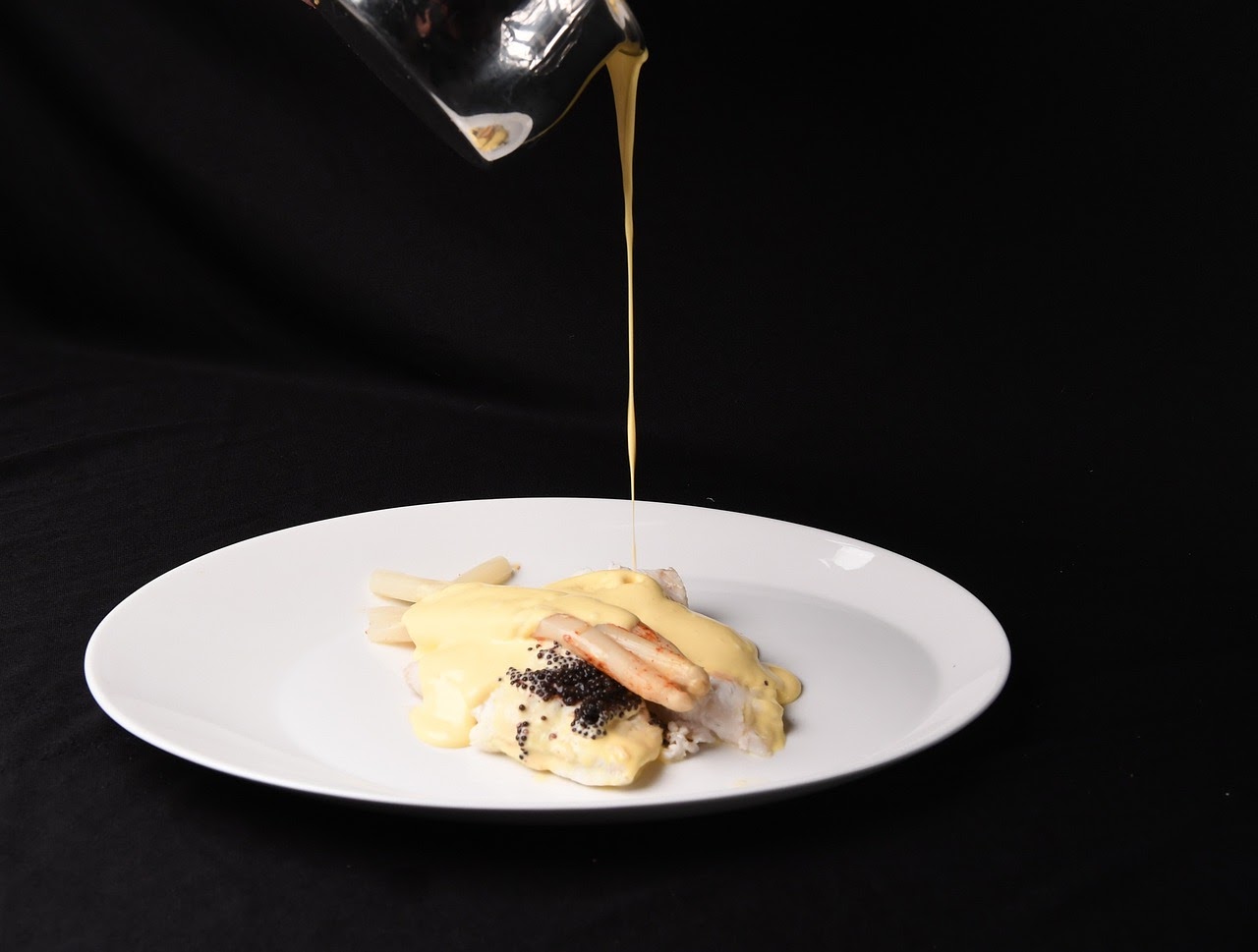Want to add some much umami to your recipes? Try fermented fish sauce. This pungent condiment can impart some depth to your cooking, and you won’t even need to add a lot.
In this article, we’ll talk about its nutrition, calories, and how to make this delicious sauce at home.
(Image credits: Percy Pham via Unsplash)
What is fermented fish sauce?
This condiment has some history.
The earliest people known to use fish sauce in their food were the Greeks, and then the Romans. (They say Rome wasn’t built in a day. But maybe it could have been, if everyone wasn’t so busy stuffing their faces with fish sauce…)
But despite this long history, fish sauce is mostly used these days in Asian cuisine. China, Vietnam, Thailand, and Cambodia are all fish sauce hotspots.
As for what it is, it’s a liquid condiment made from fish that have been salted and fermented. That fermentation process can last anywhere from a few days to a few years.
The longer the fish is fermented, the richer and more savory it tastes. A shorter fermentation period will make more of the fish taste come out.
Nutrition and calories
A tablespoon (16 g) of fermented fish sauce contains the following nutrition and calories (1):
- Energy: 5.6 kcal
- Water: 11.4 g
- Carbohydrate: 0.582 g
- Protein: 0.81 g
- Total fat: 2 mg
- Calcium: 6.88 mg
- Iron: 0.125 mg
- Magnesium: 28 mg
- Potassium: 46.1 mg
- Sodium: 1260 mg
Now that you know what fermented fish sauce is, and what its nutrition profile is, let’s look at how to make it at home.
How to make at home
Image credits: Mogens Petersen via Pixabay
Most people buy fish sauce from supermarkets or grocers because they think it just isn’t something you can make at home. But the thing is, you absolutely can make it yourself. It just takes a bit of time.
Here’s how to make fermented fish sauce at home, courtesy of Nourishing Joy:
Ingredients
- 6 cloves garlic, coarsely chopped
- Zest from 1 small lemon (optional)
- 3 tablespoons finely ground sea salt
- 6 bay leaves
- 2–3 teaspoons whole black peppercorns
- 1 1/2 pounds small whole fish (smelt, herring, etc)
- 1–2 cups non-chlorinated water, as needed
- 2 tablespoons sauerkraut brine OR fresh whey OR 1 teaspoon additional sea salt
Instructions
- Muddle the garlic and the lemon zest together with the sea salt.
- Rinse the fish, then cut them into 1/2-inch pieces. (If they’re too big, you’ll end up with lovely pickled fish, but not much sauce.)
- Toss the fish pieces (including the heads and tails) in the muddled salt mixture to completely coat the fish.
- Add in the peppercorns and bay leaves, then lightly pack the mixture into a clean 1-quart mason jar. Pressing down on the pieces as you go to release the juices.
- Pour the sauerkraut brine or whey into the jar, then pour in as much water as needed to completely submerge the fish. Be sure to leave at least 1-inch of headspace at the top of the jar, as the mixture will expand as it ferments.
- Cover tightly and leave at room temperature for 2-3 days, then move to the refrigerator and let sit for 4-6 weeks.
- Double strain the mixture through a fine sieve or cheesecloth and discard the solids. Store in glass bottles in the refrigerator for 4-6 months.
And there you have it. Fish sauce made at home. Plus this DIY’ed version will taste better than any store-bought fish sauce by a nautical mile.
Now that you have your own bottle of the stuff, let’s look at how you can use fish sauce in your own recipes.
Recipe ideas
You can’t really go wrong with fish sauce. You don’t need a lot of it, either. A splash here and a drizzle there, and there you have it. Your recipe is an order of magnitude more delicious.
Here are 5 ways you can get your dinner guests’ mouths to water, all with the magic of fermented fish sauce.
(Recipes courtesy of Bon Appétit.)
1. Sambal chicken skewers
Seeing as fish sauce is a staple in many Asian cuisines, we’ll start off with an Asian recipe. This recipe is an oriental take on kebabs (which are Middle Eastern, by the way).
You can check out how to make sambal chicken skewers here.
2. Chicken and green papaya salad
A tasty, almost Vietnamese-style dish. This salad is actually a bit sweet, owing to a bit of sugar in the recipe.
Check it out here if you’re looking a different spin on the good ol’ salad.
3. Pickled beef tostadas with tomatillo salsa
Have some leftover meat around the kitchen? Try this recipe, which will turn your beef and pork into crunchy “almost-tacos”.
Go here for this fun leftover buster.
4. Crab fat-caramel wings
If the name itself doesn’t have your mouth watering, this will: you don’t even need crabs to make this recipe come to life. Fish sauce and some shrimp paste will do the trick. No one can tell the difference.
Learn how to make this mind-altering recipe here.
5. Waterfall pork
And bringing up the rear, our final recipe recommendation is a hot one. Extremely hot. You might need some ice cubes for the burn. Sure, the fresh herbs might help temper the flames, but you don’t want to risk this one…
Check out this flamer of a recipe here.
Final thoughts
Fermented fish sauce was meant to be a way to make use of leftover fish bits. This means you don’t need to go out of your way to make it home.
So if you make a fish recipe someday, save the leftovers. A delicious sauce might come of it.
As we said, you make just about any recipe “pop” with a bit of fish sauce. Have you experimented with the magic condiment? Let us know in the comments!





